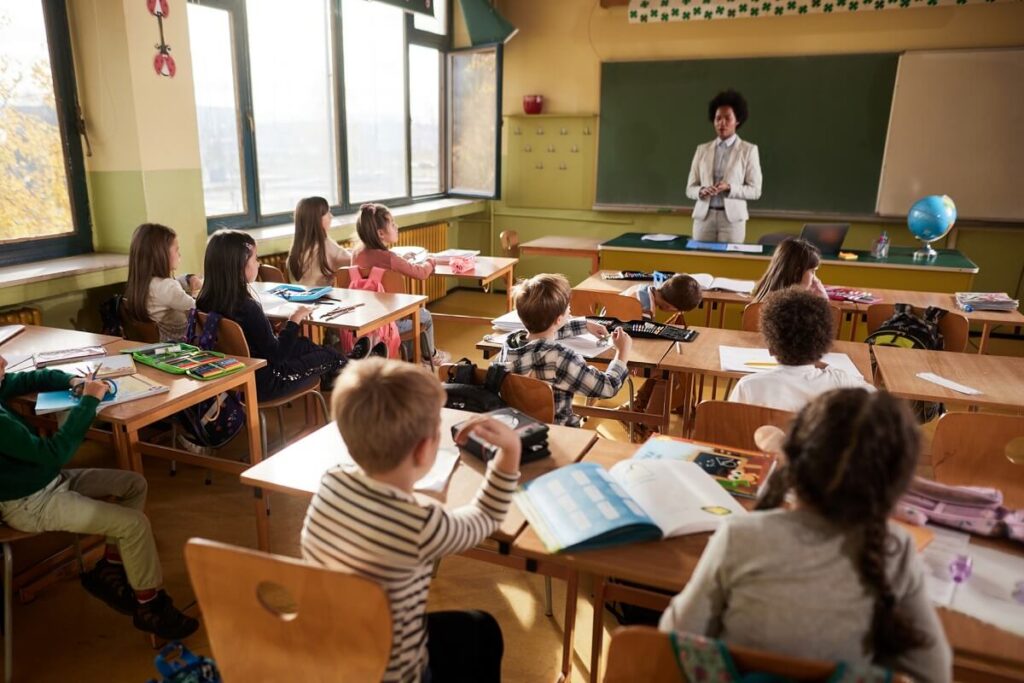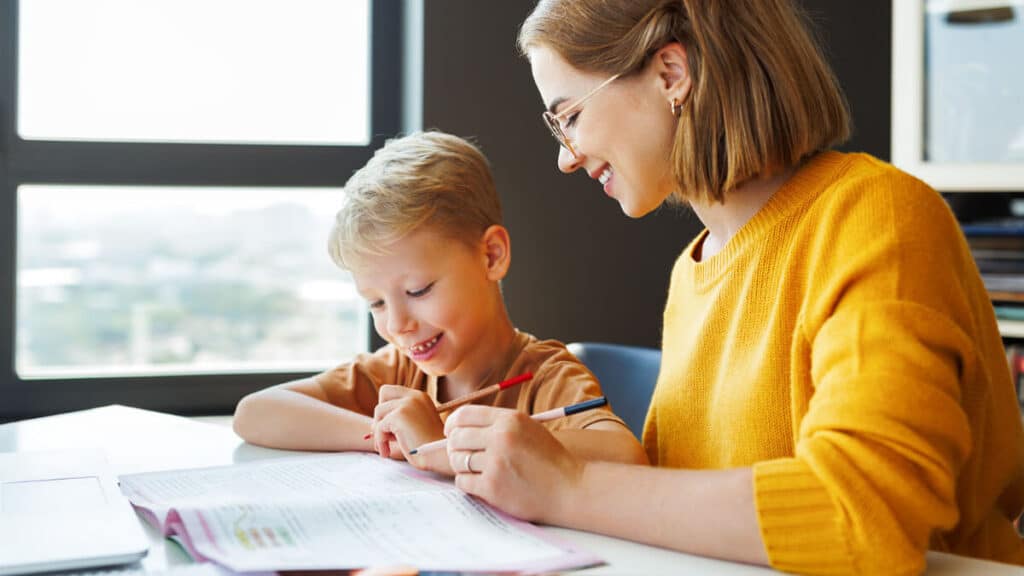Even if you are not a football fan, it’s likely you’ve seen images from the NFL in the past few weeks. The action captured occurred before kickoff; players and coaches across the country have “taken a knee” or linked arms in solidarity during the national anthem. These powerful photos elicit a wide range of emotional responses that may contribute to conflict in our schools, homes, workplace, and on social media.
But they don’t have to end with conflict. Controversy can provide an opportunity to be constructive if we look through a social and emotional learning lens. Social awareness –the ability to take another person’s perspective and feel empathy– is a core competency of SEL. This competency is critical for creating and maintaining supportive relationships. It requires understanding social norms (how do I act in this situation or place?), as well as an understanding and appreciation that people have different backgrounds, cultures, and experiences and they may be different from one’s own background, culture, and experiences. This issue, these photos, and our emotional responses offer an opportunity to develop social awareness.
Have you heard (or said) the proverb, “A picture says a thousand words?” Explore with your students the kinds of emotions we can identify in these photos as well as the emotions these photos elicit in the viewer. Photos may show intense emotions, vehement disagreements, and sometimes violence, but for this purpose, let’s focus in on the individuals in these photos and what types of emotions we see expressed.
Consider this task. Give each of your students an index card. On one side of the card, ask students to identify one person in the photo and write down how they think that person feels in the moment captured. They can use emotion words, note body language, draw pictures or phrases to indicate how they perceive the person feels.
Next, direct your students to turn over the index card and write how they feel when they see the image of the athlete taking a knee. Again, students can use emotion words, draw pictures, or write phrases to express how they feel about the image.
• Are your students younger? Do the activity as a group or in small directed groups with larger pieces of paper. Use emojis or have them draw their own!
• Have more time? Have students trade their index card with another student. Review each partner’s responses and decide which perspective (Self or Photo) it represents. Take 3 minutes to review and decide which perspective each side represents. Have students discuss with their partner what went into making their decision. What did they notice that was the same? What words or interpretations did they have that were different?
• Are your students older? Have them work individually, collect the index cards from your class, shuffle them, and redistribute them back out to the class. Have your students read aloud the perceptions on the index cards.
Take it one step further. Combine all the reactions to make a word cloud or word wall; have each student place their reactions or those of their classmates up on the wall. Note, these will be mixed now that they are no longer the ones owning their perspective. As a group, decide if there are any emotions or descriptions that are missing and add them on index cards to the wall. Doing so will enable your students to recognize and identify the feelings and perspectives of self and others during group discussion.
Lastly, debrief with your students. In the activity, we focused on how the people in the photos felt or our reactions to the photos, but let’s take a minute to assess how we feel after spending time looking and analyzing the possible perspectives of those in the photographs, ourselves, and our classmates. Close your eyes if you are comfortable and sense what’s going on in your minds and bodies. Are thoughts swirling or calm? Does your body feel hot or cold or in between? Is your heart racing or steady? By moving your students to a debrief scenario, you will increase their social awareness, which promotes their ability to prevent, manage, and resolve interpersonal conflicts in constructive ways.
When faced with controversy, teach our students to see and feel what we don’t say; empower a future generation of empathetic thinkers. Share with us how you applied social awareness skills to support students with processing the “take a knee” controversy, or other powerful images and moments in history.
About the Guest Author

Lori Nathanson, Ph.D.
Consultant
Dr. Nathanson wears multiple hats, seamlessly blending expertise in emotional intelligence with a passionate commitment to equity and excellence in education. Her research draws upon both evidence and human emotion, reflecting her dual identities as a seasoned researcher and a yogi who integrates mind and body through practice and teaching. Through consulting, Dr. Nathanson bridges the gap between professional and personal learning, utilizing her knowledge to benefit others.
A strong belief in the transformative power of emotional intelligence as a lever for educational equity fuels Dr. Nathanson’s career. This conviction stems from her own exceptional public school education in Norwalk, CT, which paved the way for attendance and faculty positions at prestigious universities. A proud Duke Blue Devil and University of Virginia Wahoo, Dr. Nathanson embarked on an academically diverse journey, crafting a personalized undergraduate program at Duke encompassing psychology, education, and policy. This interdisciplinary spirit continued throughout her doctoral studies at the University of Virginia, culminating in a postdoctoral fellowship at Yale. It was here that Dr. Nathanson delved deeper into school-based experiences, implementing and studying RULER, an innovative approach to teaching emotional intelligence. Subsequent research faculty positions at NYU and Yale University further honed her research skills while fostering connections between research, practice, and policy, all within the framework of emotional intelligence.











